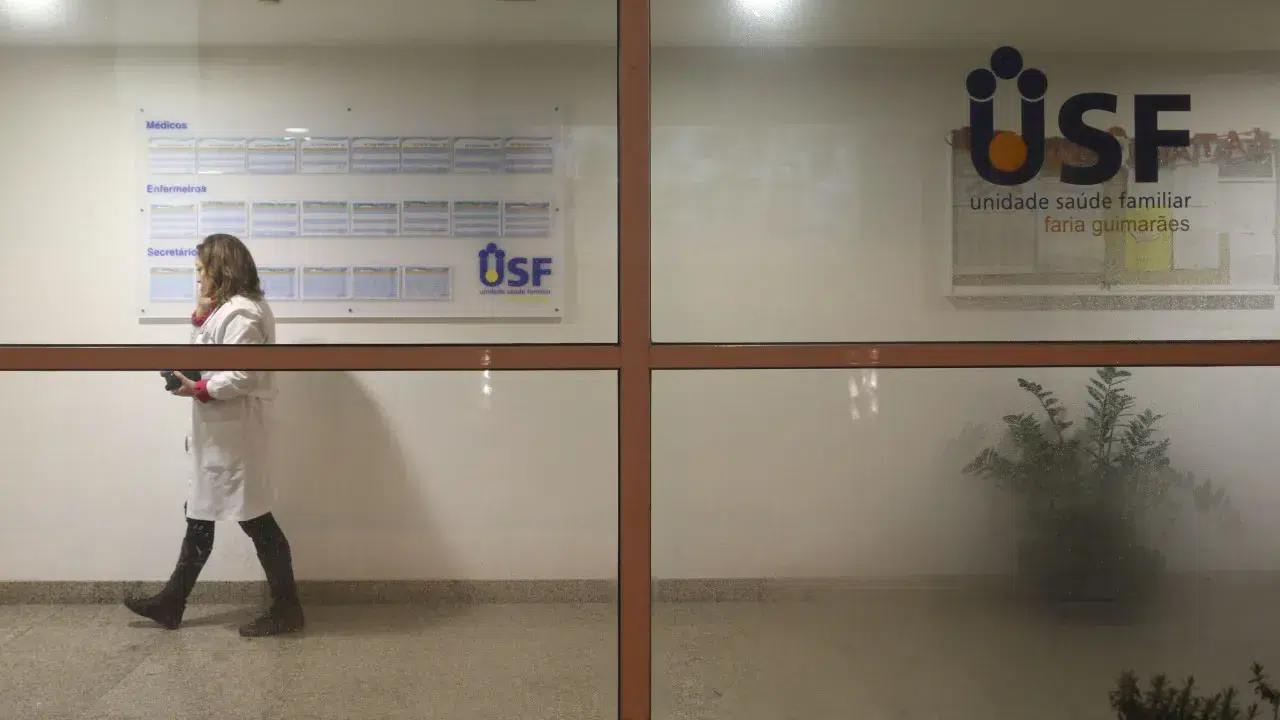
The number of patients without an assigned general practitioner has been steadily increasing since January, rising from 1,564,203 at the beginning of the year to 1,644,809 by the end of May, marking an increase of 80,606 over five months.
Approximately a year ago, in May 2024, there were 1,602,577 people without a family doctor, 42,232 fewer than the current figure.
Over the past decade, the lowest number of people in this situation was recorded in September 2019, with 641,228 patients, roughly one million fewer than without an assigned family doctor in May this year.
Conversely, May 2023 saw the highest number of patients lacking a specialist in primary healthcare, with 1,757,747 individuals without a doctor.
Data from the National Health Service (SNS) further indicates that, in May this year, 8,920,928 patients had a family doctor, an increase of 161,000 compared to the same month in 2024. The number of primary healthcare enrollments rose by 203,000 over the year, from 10,376,675 to 10,579,851.
On Wednesday, the Health Minister stated that more citizens are gaining access to a family doctor daily, though she acknowledged that some regions remain “more vulnerable,” with new patients entering the National Health Service (SNS) every day.
“Every day, more citizens have family doctors. I will repeat: every day, more citizens have family doctors, and the Portuguese people and citizens know this,” declared Ana Paula Martins at the bicentennial ceremony of the University of Porto’s Faculty of Medicine.
In a recent recruitment process, of the 389 family doctors who completed their general medicine and family specialty training, only 231 accepted one of the 585 available positions at local health units (ULS).
A total of 585 positions were opened, 412 applications were submitted, but only 231 positions were filled, leaving about 60% of the places unoccupied, according to the Central Administration of the Health System (ACSS).
ACSS data also revealed that in two ULS, none of the vacancies were filled, specifically in Alto Alentejo, where all 12 positions remained vacant, and in Estuário do Tejo, where 37 positions ended up unoccupied.
The Government Program highlights an 85.4% coverage rate for family doctors (December 2024), noting that due to demographic changes over the past seven years, the “resident foreign population has almost quadrupled” in the country.
“Thus, there is still much to be done in primary healthcare to effectively serve as the entry point to the SNS, particularly to manage one of the largest demographic shocks the Portuguese population has ever faced,” acknowledges the document.
For this sector, the Government Program foresees, among other measures, the “sustained expansion” of Family Health Units (USF) type B, with adjustable indicators tailored to low-density and more deprived territories, and the establishment of agreements with family doctors from the social or private sector.
The implementation of a digital consultation model with family teams from USFs and health centers is also planned, as well as the extension of type C USFs—managed by the social and private sectors—to geographic areas with low family doctor coverage.




